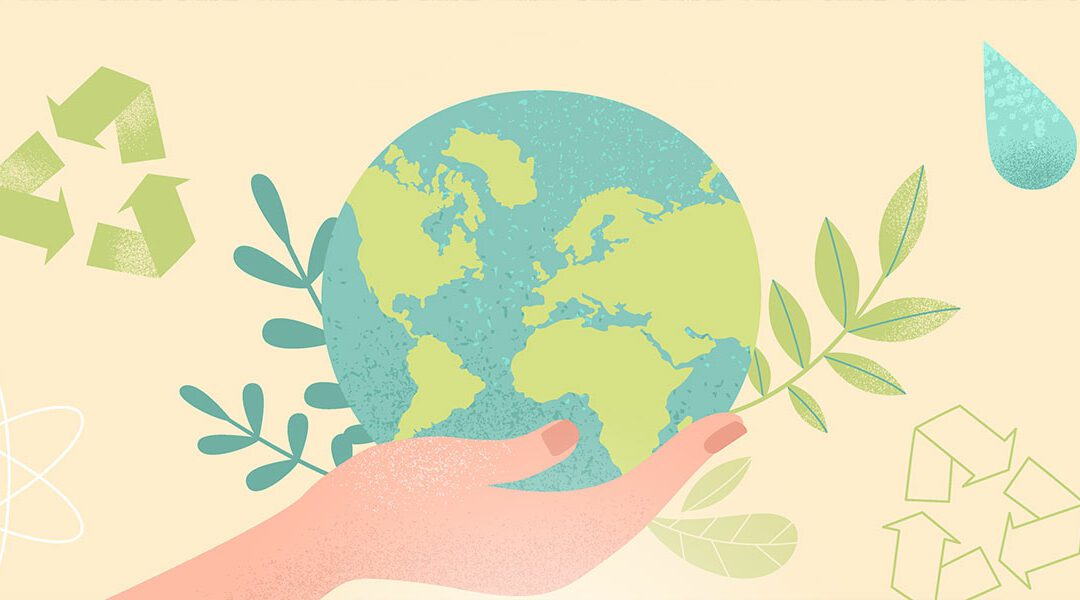Many people – even those committed to reducing their impact on the planet – think sustainable packaging costs more than other options. In my experience, that’s not always the case. If you take a structured approach, you can make choices that are better for the planet without necessarily breaking your budget. The first step is creating a brief to specify sustainability priorities for your food packaging.
The nature of your product will have a fundamental impact on the types of materials you can use, of course. Firstly, define your product in terms of packaging. What are its functional requirements? What are the barrier requirements and your target shelf-life?
You should clarify your pack size(s) and the weight and volume the pack needs to hold. Consider how strong it needs to be. Crisps or cereals will have a dramatically different weight-to-volume ratio to a sauce or flour. Whatever it is, you’ll want the packaging to do an effective job of protecting the contents throughout its journey.
What are your sustainability priorities?
We all want to use the most sustainable packaging possible. However, you need to consider what that means in the context of your brand and, possibly, your business. Is your focus on the carbon footprint generated in the creation of the packaging? Or is it paramount that the packaging is recyclable? Would it be better if it was (home) compostable? How important is it that you include recycled content in your packaging to save virgin materials?
For some brands, the sustainability of the food itself is at the heart of their brand proposition. Brands often like to be plastic-free or able to advertise that they are sending ‘zero-to-landfill’. They’re minimising or eradicating food waste, or perhaps the product itself is plant-based and locally sourced with a low carbon footprint. These options in isolation can feel like the right thing to do, but sometimes they are mutually exclusive.
When searching for suitable sustainable packaging for your brand, select your top priority, or rank two or three factors. Documenting these decisions is as you navigate the process. It’s also a helpful reference when you come to use the packaging as a USP of your brand, are talking to buyers or marketing to consumers (on your website, for example).
UK recycling infrastructure
I often advise that brands select packaging that aligns with common or emerging recycling infrastructure. Ultimately, there is more chance of it being recycled rather than going to landfill if it’s easier for people to recycle.
In the UK, the top, widely recycled packaging formats are paper, glass, and metal. Rigid plastic packaging and cartons such as Tetra Pak are recycled kerbside by an increasing number of local authorities. Tetra Pak claims that 65% of local authorities are recycling their cartons from the curbside.
For some formats, the recycling infrastructure is transforming. Flexible plastics are a case in point. Currently, they’re not widely recycled, but the UK plastic packaging pact is making great strides in changing the flexible plastic situation. Although still not collected kerbside, Tesco is rolling out drop off points for all flexible plastics in their larger stores, following a successful trial in the summer of 2021 that Tesco said received “overwhelming public support“.
Sustainability through the supply chain
As you write the brief for your project, it is often wise to consider your supply chain and distribution. This is often an area where cost savings and sustainability go hand in hand. It may not be so much about materials consideration as structural design, format and recycled content. Ask yourself some questions such as:
-
- How can you optimise the supply of incoming material (consider the way incoming packaging is palletised and distributed)?
- How can you optimise primary packaging size and case fill, so that outbound packaging minimises lorries in distribution?
- Can you use a lower grade of corrugate whilst still protecting your product as a quick win to save some valuable raw material?
- Beyond your packaging, can you tap into sustainable infrastructure, such as green delivery companies?
You can also read this blog that talks about alternative materials for D2C packaging.
Balancing sustainability with your other priorities
Some brands put sustainability at the heart of their proposition. For others, as they grow their brand and the business, they want to do the right thing. Packaging is a prominent part of their product that they can affect and own.
Whatever your situation, sustainability is often just one piece of the jigsaw as you juggle product quality, shelf life, brand presence, ergonomics, aesthetics, and more to bring your product to market at a particular price point. However, sustainability credentials are increasingly driving consumers to choose one brand over another.
If you want to talk about your sustainability priorities and making the right choices for your brand (and the planet), book a discovery call today.

